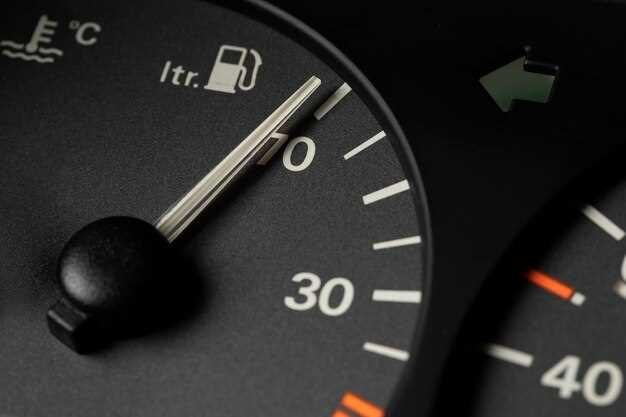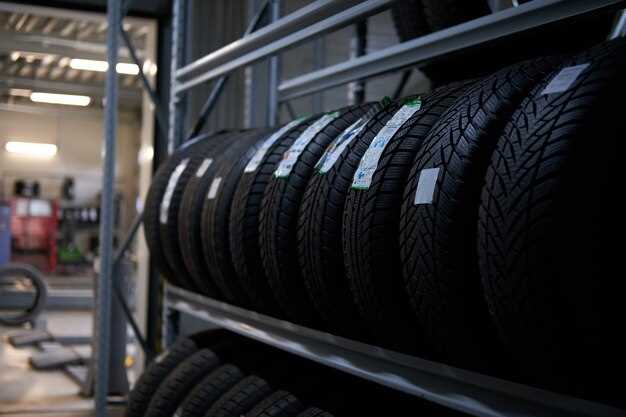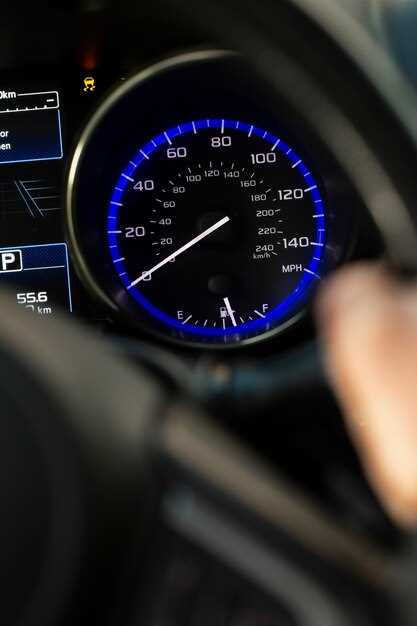
In the high-stakes environment of motorsport, every detail can determine the outcome of a race. One of the most crucial elements that often goes unnoticed is tire pressure management. Proper tire pressure not only enhances grip but also significantly affects tire wear, impacting overall performance on the track.
Understanding the relationship between pressure and tire wear is essential for any racing team aiming for success. Insufficient pressure can lead to excessive tire wear, reducing traction and making it harder to maintain control during high-speed maneuvers. Conversely, over-inflated tires might initially seem advantageous due to reduced rolling resistance, but they can cause uneven wear and compromised handling characteristics as the race progresses.
Implementing effective tire pressure management strategies is not merely about achieving optimal numbers on a gauge; it is about fostering an in-depth understanding of how pressure dynamics interact with track conditions, vehicle setup, and driving style. By mastering these elements, teams can maximize tire performance and enhance their chances of securing victory on the race day.
Understanding Optimal Tire Pressure for Different Track Conditions
Optimal tire pressure is a critical factor in achieving racing success, directly affecting vehicle performance and tire wear. The ideal pressure varies based on track conditions, influencing grip, handling, and overall speed. Adjusting tire pressure to match specific conditions can yield significant advantages on the track.
On dry asphalt, higher tire pressure is usually beneficial as it reduces tire flex, allowing for quicker response and improved cornering. This increase in pressure helps maintain optimal contact with the track surface, minimizing uneven wear. However, excessive pressure can lead to decreased traction and increased wear in the center of the tire tread.
Conversely, wet or slippery track conditions require lower tire pressure. Reducing pressure enhances tire contact patch, allowing for better water dispersion and increasing grip. This adjustment helps combat hydroplaning and ensures more even tire wear across the tread surface, which is vital for maintaining control in challenging conditions.
On rugged or mixed surface tracks, a careful balance is necessary. Depending on the level of grip available, teams may opt for moderate tire pressure adjustments to optimize performance without compromising tire integrity. Observing tire wear patterns during practice sessions can also provide insights into the optimal pressure settings, as uneven wear may indicate the need for further adjustments.
In conclusion, understanding the relationship between tire pressure and track conditions is essential for maximizing performance. By tailoring pressure settings to current conditions, drivers can enhance grip, maintain control, and reduce tire wear, ultimately contributing to racing success.
Identifying Signs of Tire Wear and Adjusting Pressure Accordingly

Proper tire maintenance is essential for achieving optimal performance on the race track. Identifying signs of tire wear can significantly influence your strategy in adjusting pressure, ensuring that your vehicle maintains traction and stability under high-speed conditions.
One of the first indicators of tire wear is the tread depth. As tires wear down, the tread pattern becomes less pronounced, impacting grip and handling. A tire with a shallow tread depth can lead to decreased performance, especially in wet conditions. Regularly measuring tread depth and replacing tires once they reach the minimum threshold is crucial.
Uneven wear patterns are another critical sign to monitor. Indicators such as cupping or feathering suggest misalignment or improper tire pressure. These irregularities can compromise the contact patch with the road, negatively affecting handling. If signs of uneven wear are observed, recalibrating alignment and adjusting tire pressure to the manufacturer’s recommended levels can help restore balance.
Inspecting the sidewalls is also vital. Cracks, blisters, or bulges can indicate structural issues that compromise tire integrity. In such cases, adjustment of pressure may not suffice; replacing damaged tires is often necessary to maintain safety and performance.
To properly adjust tire pressure, consider the recommended specifications based on track conditions and temperature. Under-inflated tires may overheat, leading to accelerated wear and potential blowouts, while over-inflated tires can reduce the contact area, causing decreased grip. Perform pressure adjustments based on real-time data collected during practice sessions and make fine-tuning decisions pre-race to ensure readiness.
In conclusion, recognizing signs of tire wear and making timely pressure adjustments are critical components of a successful racing strategy. Ensuring optimal tire conditions enhances overall performance and safety, paving the way for victory on the track.
Implementing Real-time Tire Pressure Monitoring Systems for Enhanced Performance

The implementation of real-time tire pressure monitoring systems (TPMS) has become a vital component in modern racing strategies. These systems empower teams to maintain optimal tire pressure, directly influencing vehicle performance and handling. Accurate pressure readings allow for immediate adjustments, ensuring that the tires operate within the recommended specifications throughout the race.
Real-time monitoring facilitates a proactive approach to tire management, enabling teams to gather essential data on tire performance during various conditions. This immediate access to pressure information helps in preventing issues such as under-inflation, which can lead to increased tire wear and reduced grip. Conversely, over-inflated tires can compromise performance by sacrificing traction.
Additionally, integrating TPMS with data analytics allows teams to better understand the correlation between tire pressure and vehicle dynamics. For instance, adjustments can be made based on track temperature, driving style, and weather conditions, resulting in a more optimized tire performance. Driving with precisely calibrated pressure not only enhances grip but also improves fuel efficiency, a critical factor in competitive racing.
In conclusion, the adoption of real-time tire pressure monitoring systems is essential for enhancing racing performance. By providing immediate feedback and supporting data-driven decisions, TPMS significantly contributes to a racer’s ability to adapt to changing conditions, maintain tire integrity, and ultimately achieve greater success on the track.




